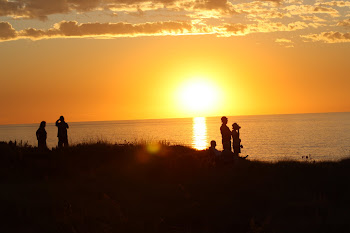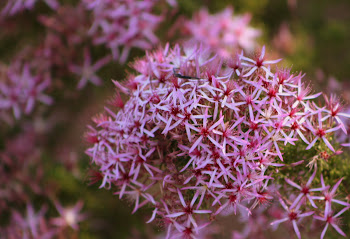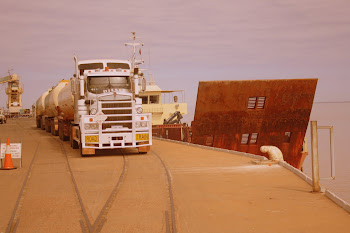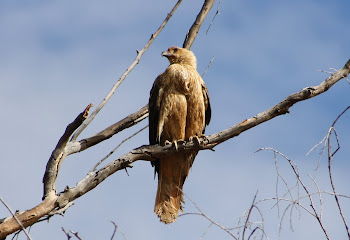We are now in Roebourne and it’s time for us to slow down for a while to enjoy the warm weather and relaxed lifestyle of this part of the Pilbara.
Roebourne WA (population about 1,400 is about level with Mackay Qld on the Oz map.
The hotter weather in Darwin, Adelaide River, Katherine Kununurra, Broome etc. has been nice, but on reflection it has often been a little too hot. Roebourne’s daytime temps are around 30 or sometimes a little higher and the nights are cool and very pleasant and we plan is to stay in this general area for a few weeks.
Roebourne is south of Port Hedland and a little north of Dampier and Karratha. It is the second oldest town on the NW coast (the oldest is Cossack) and was once regarded as the capital of the north west. It has some interesting buildings, many constructed from local stone and quite a high indigenous population.
The Roebourne area was first settled in 1864 when Emma and John Withnell disembarked from a three masted schooner, travelled a way up the Harding River and selected some land. It is reported that the Withnells got on well with the local Ngarluma people.
The local Yindjibarndi people are currently locked in negotiations with Fortescue Metals’ Andrew “Twiggy” Forrest for access to their lands at Soloman Hub, about 200 Km south of Roebourne. He is offering them $500,000 to sign, $4 million a year and up to $6.5 million per year in staff housing, indigenous jobs, training and business opportunities. Negotiations have been going on for three or four years. Seeing Fortescue will be removing 2.4 billion tonnes over the next 40 years, worth $280 billion at today’s prices it’s not really a surprise that the Yindjibarndi haven’t yet signed.
Today Roebourne is still considered the gateway to the Pilbara region with its multi-million dollar iron ore deposits and a huge pastoral industry, but as far as size and infrastructure is concerned, it has been well and truly surpassed by the modern towns of Karratha and Dampier.
The prosperity in those towns is well and truly indicated by the cost of real estate and the “toys” evident in many of the new houses – fancy 4wds, a nice car for the other half, a huge boat and, more often than not a big off road caravan or a fancy camper trailer. Life seems good in these towns and the wages for many seem very good, but I don’t think I could survive the summer temps in the high 40’s.
There is plenty of evidence of the fly in / fly out work culture here, with plenty of “villages” of basic accommodation (modern “dongas” for those in the know) some independently owned and run and some clearly operated by the mining companies. I was told that FIFO stands “for fly in fly out” but it can also stand for “fit in or f off” ....amusing!
The nearby town of Cossack was one of the first settled after the Withnells arrived at the mouth of the Harding River in 1863. Cossack is now virtually a ghost town.
Cossack was originally called Tien Tsin Harbour and by 1866 it had developed into a thriving pearling and maritime community centralised around the port. By 1869 the port was the premier shipping depot for the emerging pastoral industry.
Cyclones were just as big a problem in early days and there is a poignant reminder of that in the old Cossack cemetery. In 1894 the schooner Ann was sheltering from bad weather in a local area known as The Foam Passage. A small lugger skippered by Joe Green had been tied off to the back of the Ann. Evidently, insufficient chain had been passed out and both vessels and all aboard including the “coloured crew” except one man were lost.
The skipper ZB Erikson, his wife Minnie and child Pearl are all buried together, having been recovered by Cossack locals. The whereabouts of Joe Green are or the “coloured crew” are unknown.
There are also a number of Japanese graves in the small Cossack cemetery as well as a commemorative monument in the centre of the Japanese section, built to commemorate those that have no marked graves. It was then often the practice for those that died in pearl diving accidents or died at sea from other causes to be buried at sea or taken ashore and buried on the nearest stretch of beach, either on the mainland or on a nearby island.
The government of the day strongly supported the prosperity of Cossack with the construction of some very impressive buildings, many of which survive today. Those surviving include the bond store (it was before federation and state taxes applied), a courthouse and the police barracks.
Cossack was home to the north west’s first pearling industry, but over-fishing soon forced the fleet to head further north and Broome was established. The silting of the harbour was the final blow to the area. These days the major mining focus of the area is at Point Sampson and at Dampier both established in the 1960’s.
Our arrival in Roebourne coincided with a local phenomenon called “staircase to the moon”. It happens over a two or three day period a few times a year when a full moon rises from the ocean after dark and, during a very low tide, causes reflections on the mud flats that resemble a stair case leading to the moon. Photography of this event is a little tricky, but I was able to shoot a couple of reasonable shots after sitting in the spinifex on a nearby hill in the dark, hoping that there were not too many spiders and other assorted things crawling about.
We took a trip to along the Roebourne – Wittenoom road / track and took some interesting pics of an area that looks more like parts of Arizona that Australia. Very impressive scenery.
We also visited parts of the Millstream Chichester National Park some more very spectacular country.
You know by now my quest to photograph as many Aussie birds as I can. Some of the hardest to photograph are the little birds, they are mostly very shy and flit around very quickly. I was really pleased to finally get some reasonable shots of zebra finches and a pair of nesting budgies, a couple more to cross off the list!
There will be more posts from Roebourne and surrounding areas as we explore further..









































































No comments:
Post a Comment